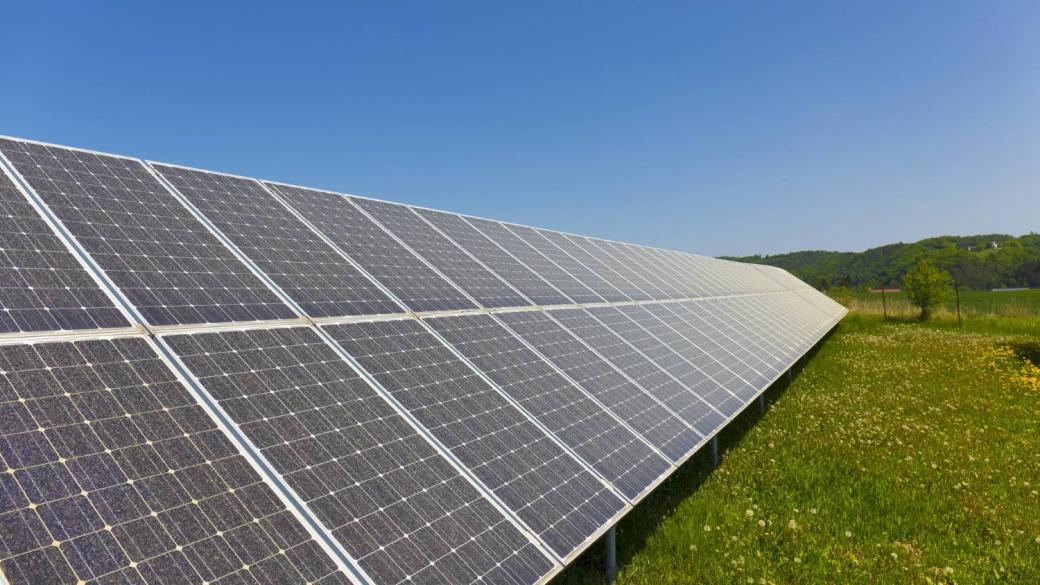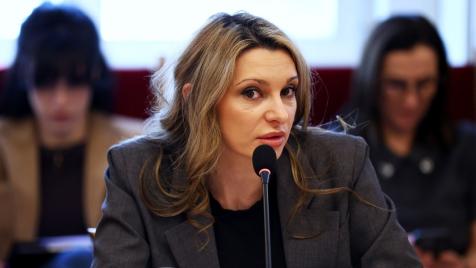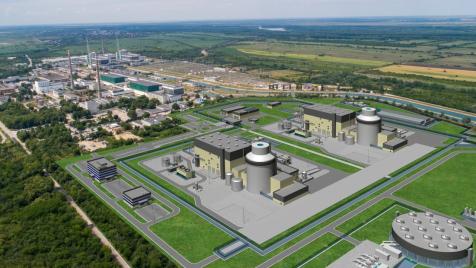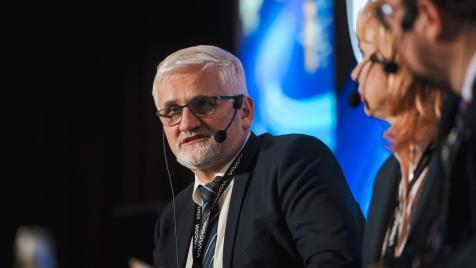At certain times, Bulgaria's energy system is approaching the Spanish scenario
Due to the growing volume of unsynchronized power and the shrinking synchronized system, it sometimes barely manages to maintain the minimum necessary inertia

Despite assurances that a collapse of the electricity system like the one that occurred in Spain in April is impossible in Bulgaria, data from the Electricity System Operator (ESO) show otherwise. The reason is that synchronous power is decreasing, while asynchronous power (solar and wind) is increasing, which upsets the power balance of the system and at times during the afternoon hours of the day this creates problems.
This was explained by Ventsislav Zahov, head of the Electrical Regimes Department at the Central Dispatch Office of the Electricity System Operator (ESO), during the annual forum of Bulatom.
According to him, the introduction of many unsynchronized generating sources is a problem not only for Bulgaria but also for the whole of continental Europe, with which we are synchronized.
The reason why the sun and wind are a problem for the system is that they make it difficult to maintain the power balance in real time, reduce its inertia, as well as short-circuit power and system stability, increase technological losses in the transmission network, pose a risk of low-frequency fluctuations in active power, and cause difficulties in implementing the repair program and restoration plan.
Zahov specified that asynchronous generating capacities are those that are not connected directly to the grid, but through converters.
Close to the Spanish scenario?
During the winter days in Bulgaria, I have 68% synchronous generating capacities, and in the evening they are 94%, because in winter at 4 p.m. it is already dark and photovoltaic power plants cannot generate, and wind generators, such is our geographical location, when it is coldest and we have the most snow, cannot generate. Statistics for May 6 this year show 39% synchronous generating capacity during the day, 61% asynchronous, and 92% in the evening.
Statistics for May 6 this year show 39% synchronous generating capacity during the day, 61% unsynchronized, and in the evening, 92% synchronous and 8% unsynchronized.
This 39% synchronous capacity during the day is worrying. One unit at the Kozloduy NPP was not working because it is under repair and has not been replaced with synchronous generators, but with photovoltaics and imports, which is not good," Zahov said.
An example of why this is not good for the system comes from Spain and its power balance before the accident on April 28. It happened at 12:31 p.m., when 31% of the modules were synchronous and 69% were asynchronous.
You can see that, little by little throughout the day, we are starting to approach the situation in Spain before the accident. This ratio, which we are approaching during the day, is not good."
However, he pointed out that Spain has other problems, such as its very limited connectivity with the rest of the continent.
Nuclear power and the grid
The ESO sees the construction of new nuclear power plants as beneficial for ensuring the power balance in the Bulgarian energy system with an energy mix with high RES production. The planned new reactors at Kozloduy will be able to regulate active power for most of the year to ensure the energy mix with RES, the expert explained.
Zahov also explained the inertia in the system, which is necessary to avoid sudden changes in frequency in the first few seconds and major system failures when the primary control is activated.
The minimum inertia that we need to maintain for our country is 21 GWs (gigawatt seconds). We have no problem maintaining this in winter, as we reach 35 – 40 GWs.
The ESO has calculated a critically low inertia for Bulgaria of 12 GWs, and the current inertia is somewhere around 13 GWs, i.e. below the minimum required, the expert said, adding that “what lies ahead with the reduction in synchronous capacity is not in the direction of maintaining inertia.”
With low inertia in the system, the problem is that there is a risk of rapid frequency changes above the limit values, system islanding, and power outages for consumers even if the necessary reserves for primary and secondary regulation are available," Zahov explained.
To maintain this inertia, the EU, as the system operator, recommends building large synchronous capacities instead of small generating units. Zahov gave the example of the construction of large nuclear power plants and small modular reactors.
Translated with DeepL.

 Aleksandra Sotirova-Delcheva
Aleksandra Sotirova-Delcheva 


